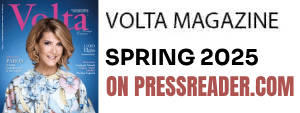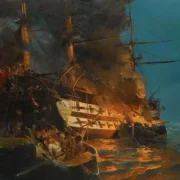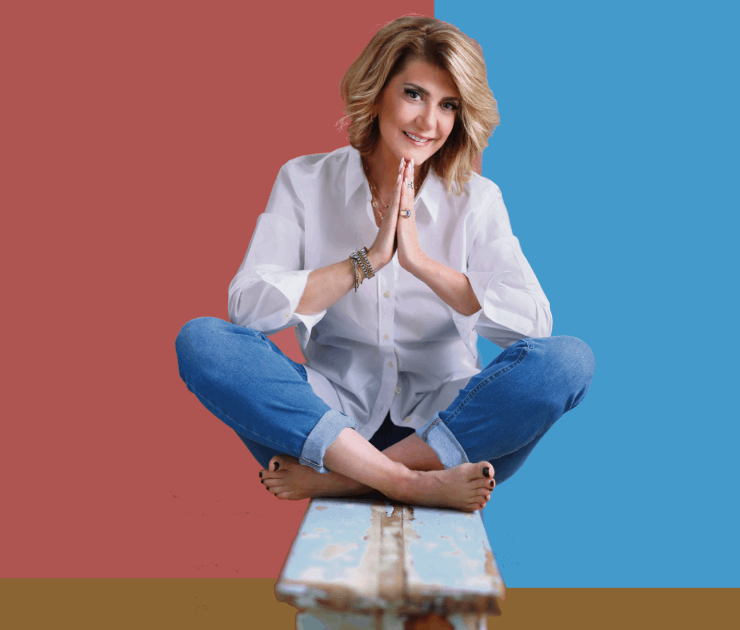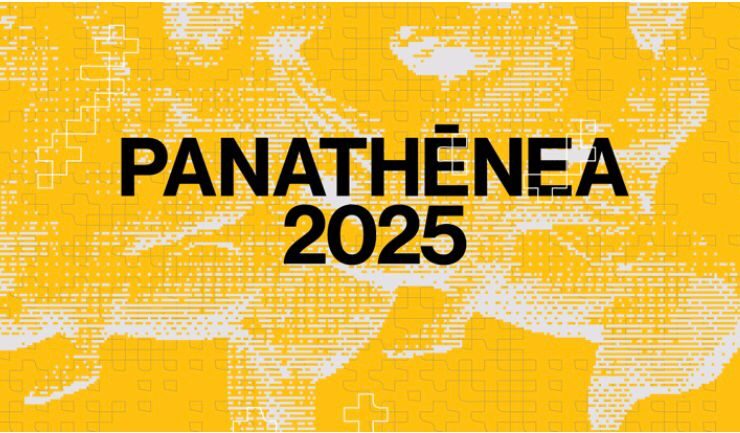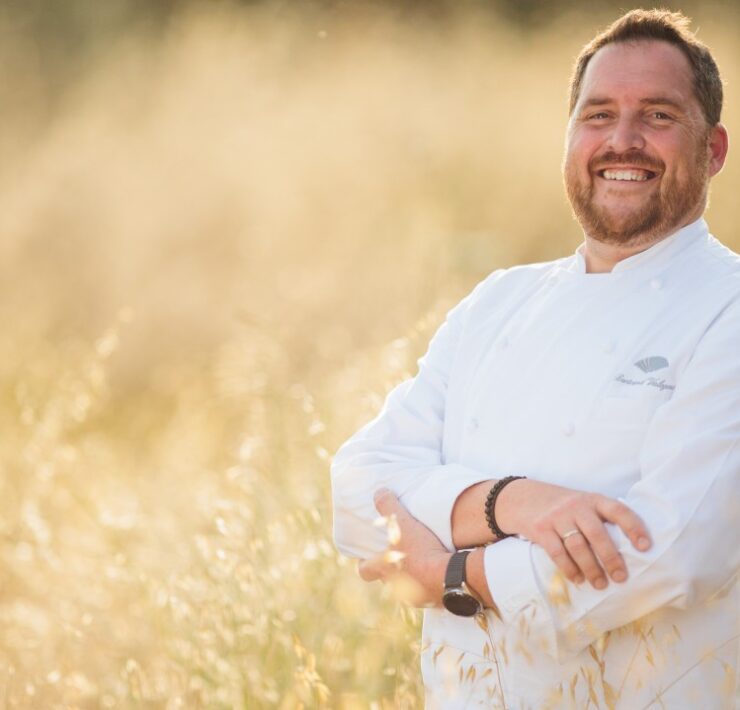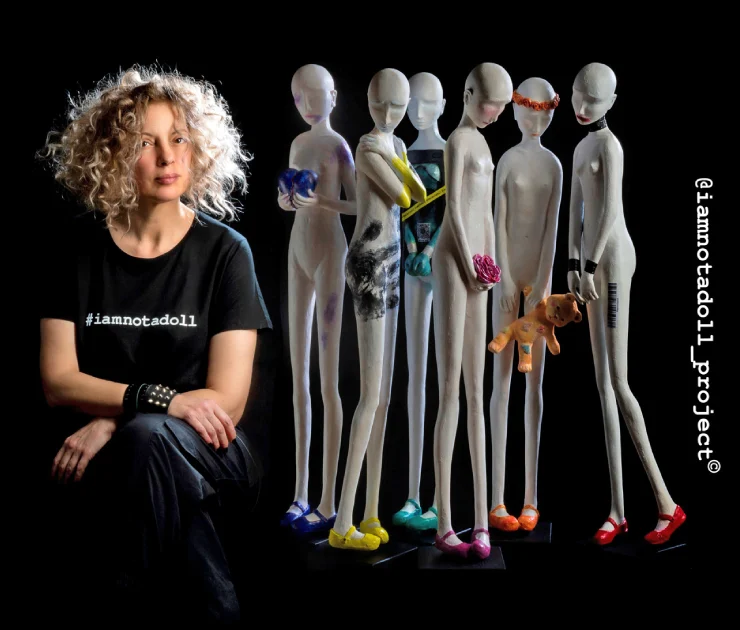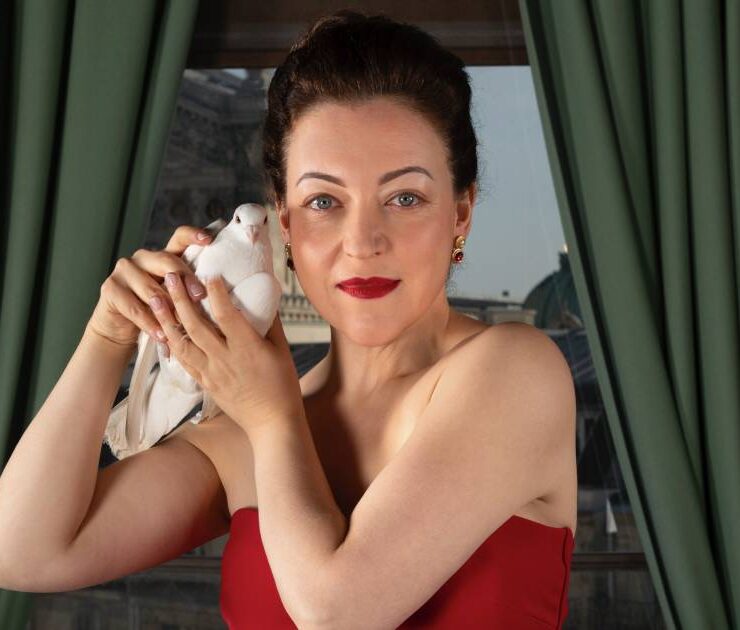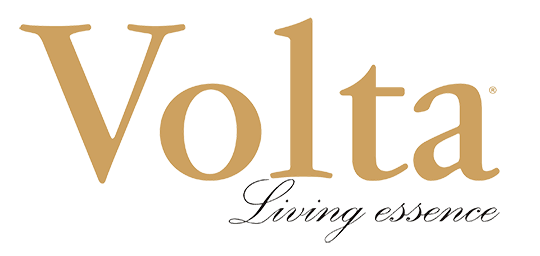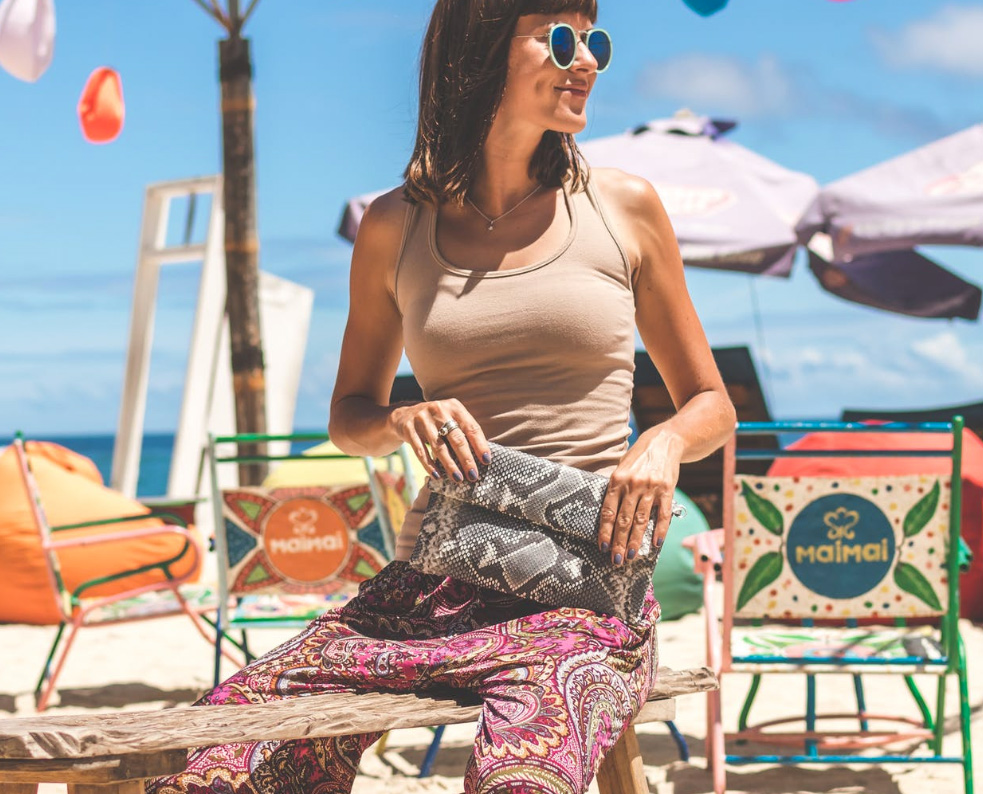A Greek Odyssey of SUPERDOTS with Philip Tsiaras
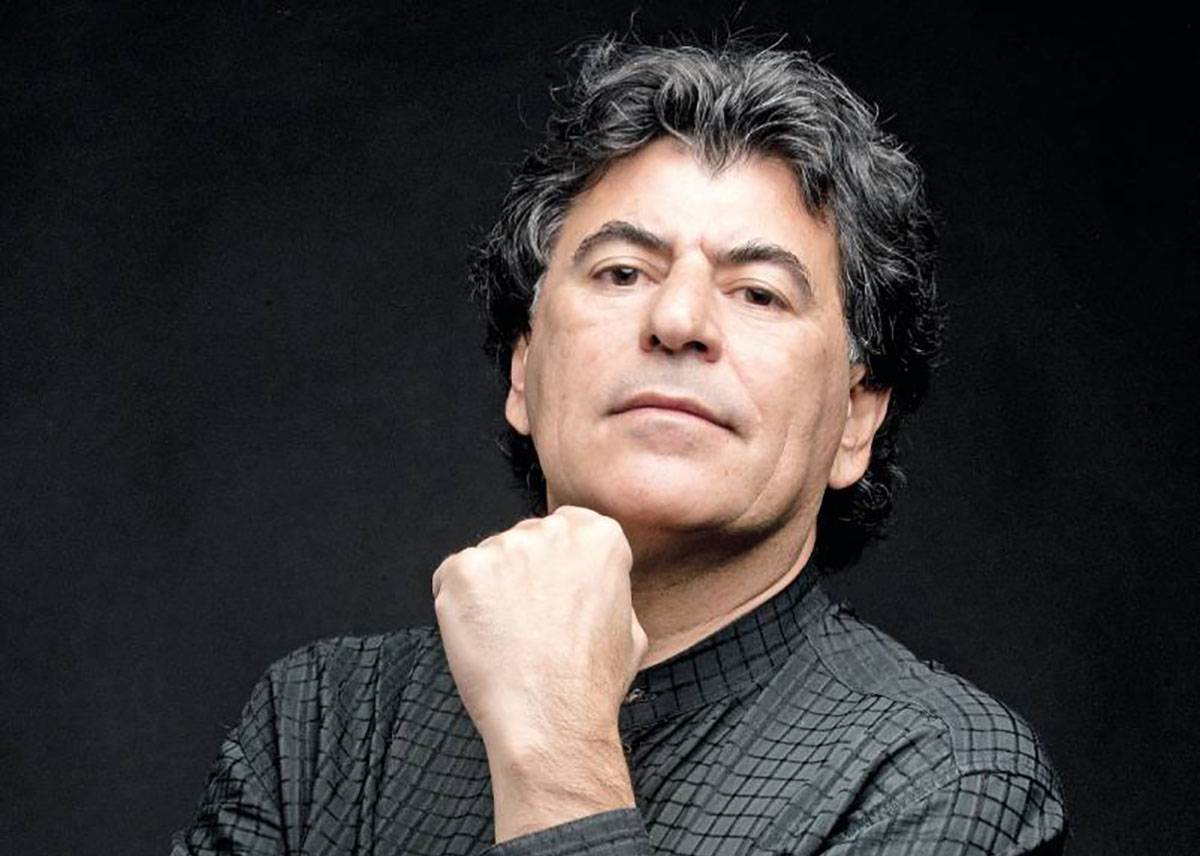
In a mosaic of millions of dots, the international pop artist presents modern paintings of celebrities that he calls “Divas, Personas, Monsters, and Friends”. A child of two worlds, Greek-American Tsiaras fuses the old world with the new while creating a personal universe that exhibits a brilliance of rare creations as a painter, sculptor, photographer, and poet. Born in the United States, the son of Greek immigrants who left worn-torn Northern Greece, he received a privileged education at Amherst College where he studied music and comparative literature. A trained classical musician, he received a fellowship for his own poetry as well as his translations of contemporary Greek poets, primarily Ritsos, Cavafy, and Kariotakis.
He studied alongside the famous artist Lucas Samaras, who deeply influenced him and whom he considers
a great mentor. Boundless creativity, youthful energy, and strong creative language merge into his work with unpretentious ease. Modernism and Pop Art combine naturally with poetic and historical references from classical history. Tsiaras is a Super-modernist in an old soul.
From his Manhattan studio, his paintings travel to private collectors all over the world.
He has received numerous prestigious awards, including the Thomas Watson Fellowship, 2 National Endowment Grants, a Lifetime Achievement Award from the Alexandrion Foundation, NYC, Excellence in the Arts, Greek Ministry of the Exterior, and Generali’s Gold Metal Award for “Civilita Venezia”.
We recently met to discuss his new solo exhibitions at The Blender Gallery in Athens and at Gallery Eight in Mayfair, London, in collaboration with Varvara Roza Galleries. In November he will exhibit his art in Monaco under the patronage of Prince Albert, in a multitude of creative dots that will combine
to create the portrait of Princess Grace Kelly’s beautiful face.
Philip, being internationally recognized as you are, do you ever feel hesitant to take risks with your work?
Risks are exciting, if you don’t take them, you never discover anything at all. Calculated risks are important too because they help you make “mistakes”, smart mistakes which help you evolve and confront the demon of all demons–repetition —the anathema of the artist. When I went to make glass in Murano, Venice, I knew nothing about making glass, at all. So, it was a big risk, obviously because it was totally unknown to me, expensive, and required the help of others. I jumped into glass making-it was luxurious punishment, “furnace- fear”, as the poet Philip Larkin says. I‘ve also designed sets and costumes for a modern dance, and branded an entire Vineyard in Virginia. Who knew that fear can be your friend!
How do you like working In the Greek Artworld?
I started very young working as an artist in Greece. I began with the Bernie Gallery in the late 70’s with the help of Alexandros Iolas. I’ve made museum exhibitions in Greece as well, the Pinakotects of Siros, Ithaca, and Corfu, Museums of Larisa and Thessaloniki.
About 8 years ago I joined the Blender Gallery. To some degree, I helped put gallerist Varvara Roza of London together with Iason Theophanides of The Blender Gallery, and it has proven to be an excellent combination.
Volta is featuring Roza in this Fall issue. What do you think of her?
I think Varvara Roza will be one of the most talked about art dealers of the next decade.
Your new work contains millions of dots like a mosaic. How did you come up with this idea and how is it perceived?
Dots are another way of touching the subject, of getting close on a micro level. The history of painting has many artists using the dot, notably Impressionist painters like Seurat and Signac to mention a few. But for me, the most vital use of the Dot, (the collection of small pieces of glass, tile, or paint), is in the mosaics of Greek, Roman, and Byzantine art. I use, what I consider a loving dot, as a way of recreating iconic personas, a little like Warhol but with far more detail.
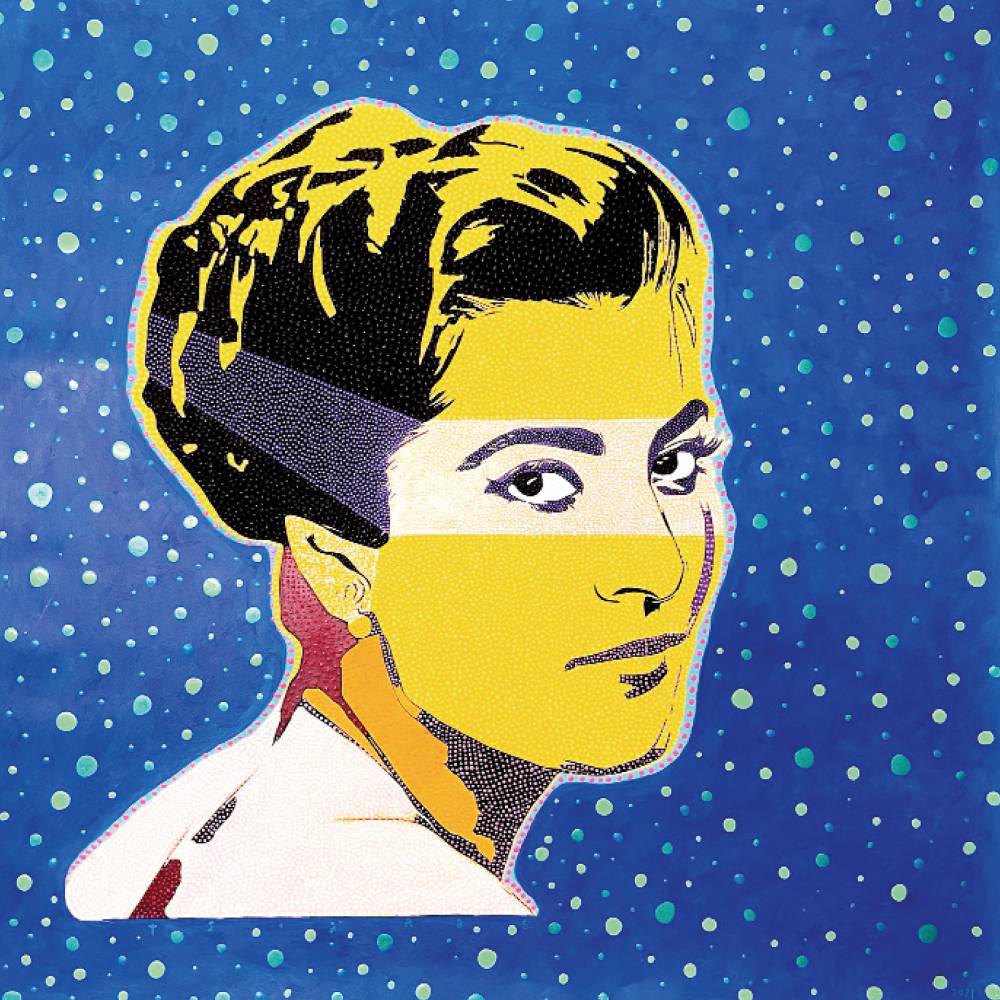
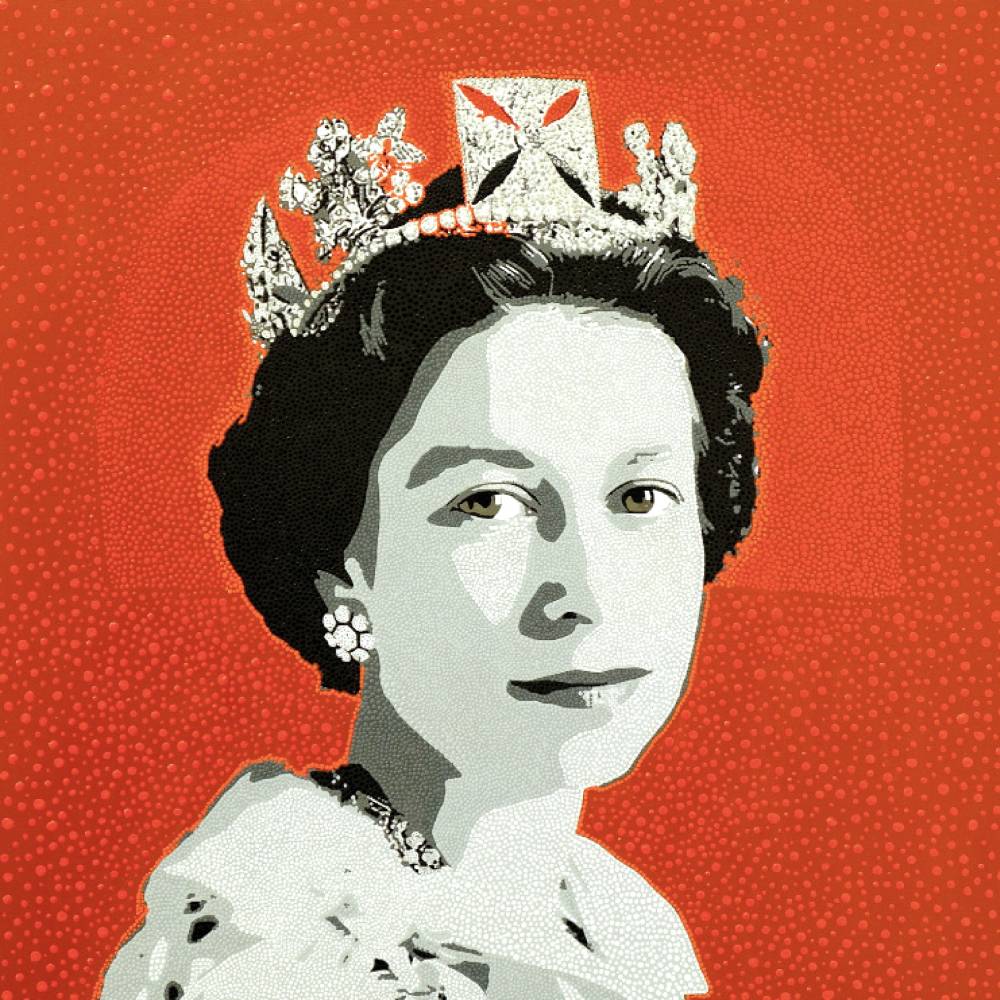
Yes, a London Critic referred to you as the Greek Warhol, did you like that?
I thought it humorous, I don’t particularly like to be branded by anyone, but if it has to be someone, I guess Warhol is OK.
How do you relate personally to these portraits?
Interesting that you ask that. At the same time, when I was doing these dot paintings, I realized that I was getting very involved with the subject, almost too involved. You’re looking into the eyes of somebody whose face you are sculpting with points, evolving a persona for countless hours in meticulous detail, augmenting, reconstructing-a face, a bit like a psycho-plastic surgeon. But there is also the Consciousness that you cannot escape, theirs and yours, It’s a weird connectivity. I am like a vampire trying to make others immortal through the kiss of the Dot.!
Out of all these portraits, who are those that you admire?
I admire Elon Musk. He has personality issues that make him less lovable, but he an amazing genius of our time. In the world of technology, I believe that Steve Jobs and Elon Musk are the two greatest. In the world of art, Picasso, Dali, Frida Kahlo, and Samaras are some of my heroes. In music, Hendrix, Bowie, and Freddie Mercury.
There are times in these portraits when I combine individuals into one body. Like a snake with 2 heads. I did Donald Trump and Putin as a geopolitical statement, two monsters trapped in one body forever. I also joined Maria Callas and Jackie-O into one Siamese body as though they would fight over Onassis into perpetuity!
I’d like to do Zelensky because he is perhaps the most heroic leader of our time. I have toyed with the idea of doing the portrait of Antetokounmpo, not only is he one of the greatest of basketball players ever, but he is an example that immigration can also be very positive for a country-hence Yannis, The Greek Freak. Then, of course, there is Alexander the Great, the absolute maximum of portraits.
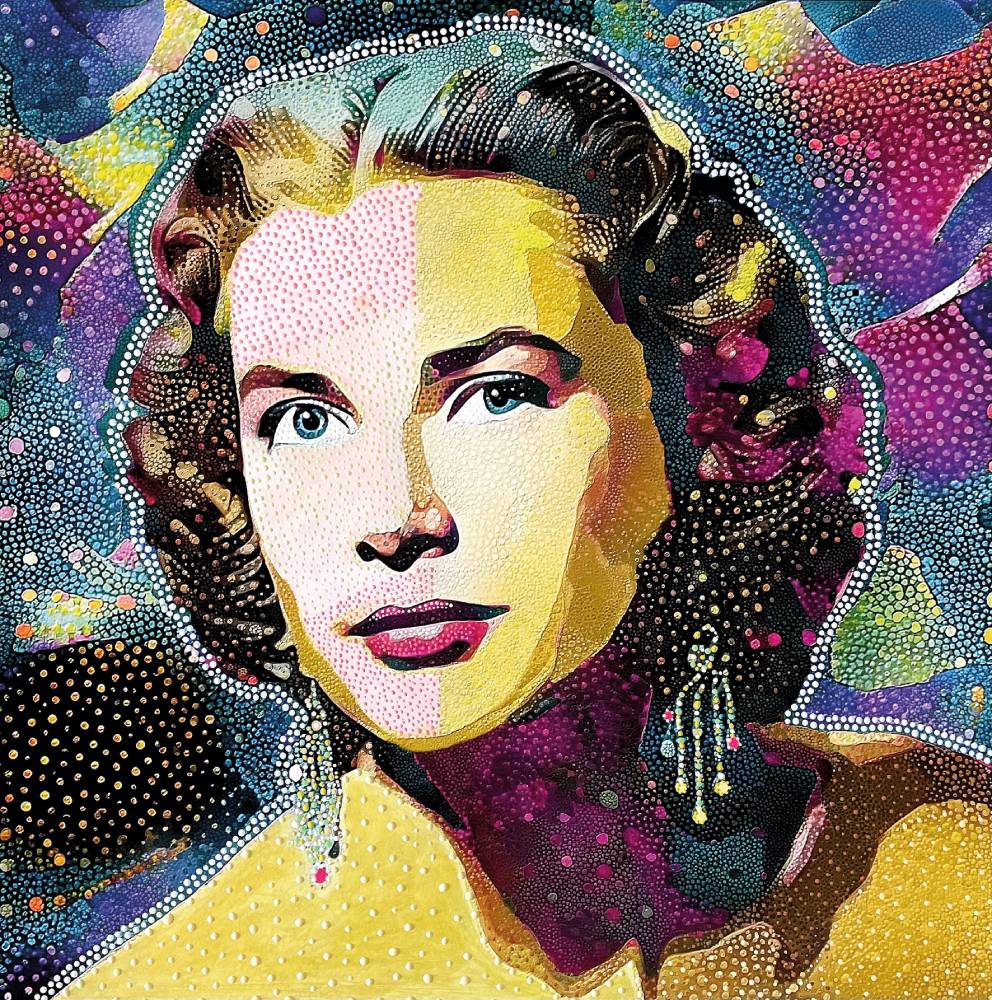
Are there really new trends in art or are things we see derived from the classics?
The only thing that can be considered “new” is something that uses technology, either digital or maybe even the metaverse. However, much of this technologically driven art, although it has many bells and whistles, is ultimately cold and uninteresting.
Everything, in reality, is built on the past, but with fresh and imaginative and even extreme variations. Looking back at history intelligently is the way to look forward. What’s the future without history? Can we forget our loved ones, our family, and our history and deny our origins and our culture? There is no real present without the past.
If you read Sophocles, he talks about the weight of an oxen’s foot on your tongue. That is as surrealistic as any modern surrealist artist would ever get. The ancient Greeks touched on everything, including surrealism, or the idea of a computing machine. Take Lysistrata, what is more politically advanced than a society of women cutting off sex to end a War. It is genius. So, nothing is completely original which makes doing something “new” even more difficult.
Are you doing something in Greece now?
I’m preparing for an exhibition in Venice and London at the moment but in Athens, I am reinstating a sculpture that I made for the Venice Biennale that was on Grand Canal. It will be placed in the centre of the new Astir Marina which is opening in the next few months.
It is a 3-meter, golden bronze sculpture entitled Social Climber. Something that nobody thinks they are!
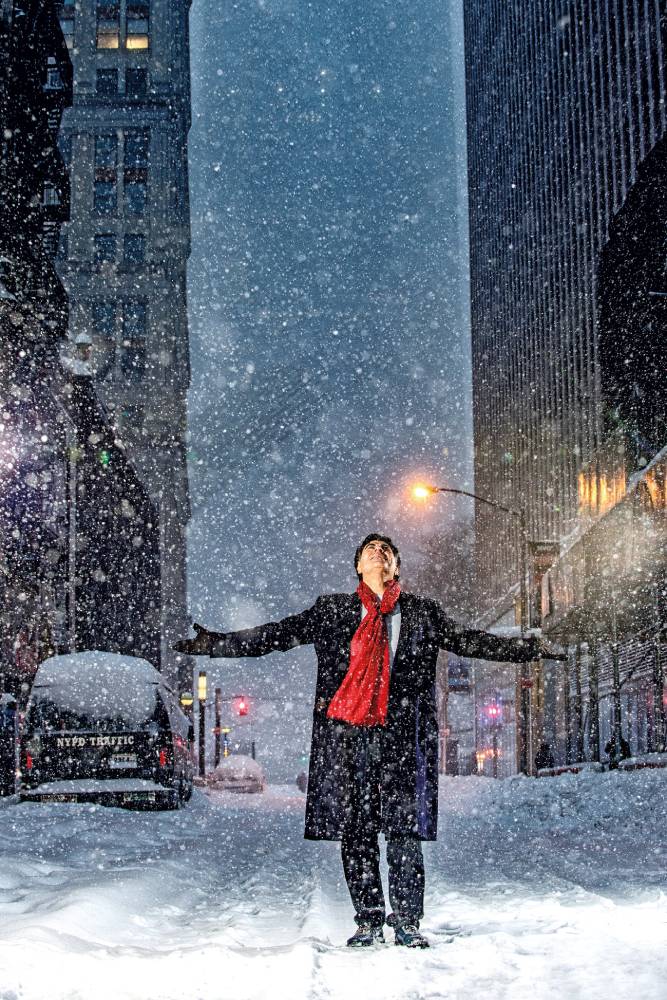
Finally, where does all this inspiration come from?
The mythological or Hollywood idea of the artist is incorrect. No funky muse comes down to inspire you unless you have extremely good dreams or drugs.
Creativity comes from work, dedicated daily work. It does not come from working once a week on Sundays, nor does it come from some intermittent Muse. As boring as it may sound, it is the God of chronic work that inspires.

